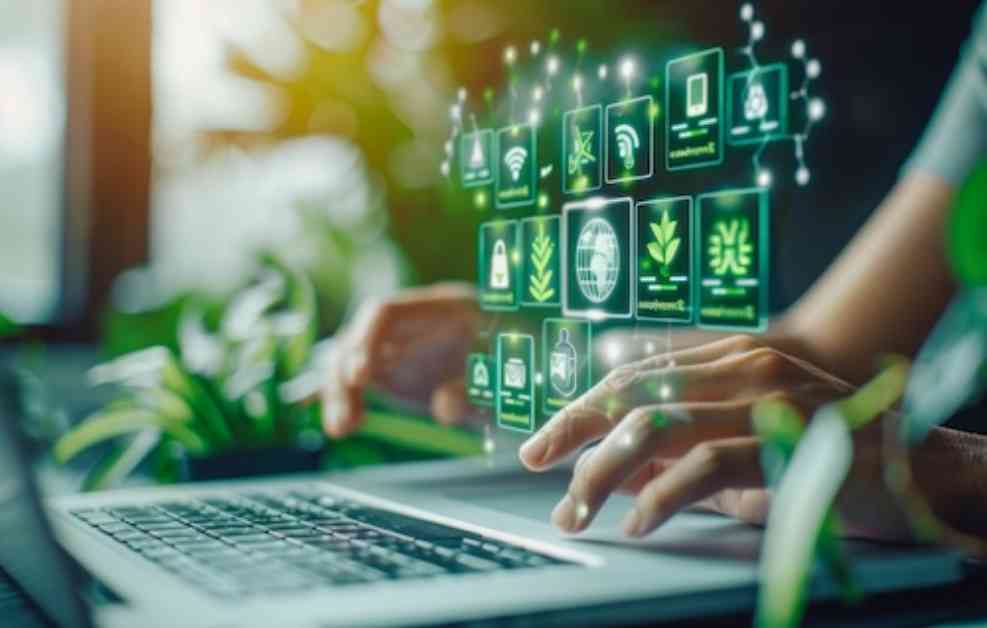Educational technology, known as edtech, has revolutionized the way teachers approach instruction, offering new possibilities for sustainable and impactful learning environments. By incorporating edtech tools and strategies, educators can not only reduce their environmental footprint but also enhance student engagement and creativity. The key lies in understanding how to effectively utilize edtech resources, from digital lesson plans to virtual collaboration, and embracing innovative teaching methods in the digital age.
Rethinking Teaching Methods in the Digital Age
In today’s educational landscape, traditional teaching methods are evolving to embrace the potential of educational technology. With the integration of tools and techniques that prioritize active participation and collaboration, classrooms are undergoing significant transformations. Three key edtech learning strategies are leading the way:
The flipped classroom model, which flips the traditional teaching structure by providing pre-recorded lessons for students to review at home, allowing classroom time to focus on hands-on activities and group discussions.
Gamification, a method that incorporates game-like elements into lesson plans to motivate students and make learning more interactive.
Collaborative online tools like Google Workspace for Education, which facilitate real-time student collaboration on projects and reduce the need for printed resources.
Sustainability and Innovation in Education
The impact of edtech on sustainability in education cannot be understated. By reducing reliance on physical materials and introducing eco-friendly tools, schools can significantly lower their environmental footprint. Digital textbooks, virtual labs, and learning management systems are just a few examples of how edtech can revolutionize education in a sustainable way.
Digital textbooks minimize the need for printed books and reduce waste by providing access to a vast library of resources through e-readers.
Virtual labs allow students to conduct experiments in a simulated environment, eliminating the need for disposable materials and expensive lab setups.
Learning management systems centralize course materials, assignments, and feedback, reducing the need for printed handouts and encouraging digital submissions.
Supporting Teachers in the Shift to Edtech
Transitioning to edtech can be a challenging but rewarding experience for educators. By offering professional development opportunities, workshops, training sessions, and access to online resources, schools can support teachers in adopting new tools and strategies. Encouraging experimentation and flexibility in teaching methods can lead to better integration of technology and foster an environment where innovation thrives.
It’s important to remember that teachers may have varying comfort levels with technology, and ongoing support is crucial in helping them navigate the shift to edtech. By leveraging teachers’ common traits of organization, flexibility, communication skills, and open-mindedness, schools can create a collaborative approach to learning and implementation.
Bringing Sustainability and Enhanced Learning to Classrooms
The integration of edtech learning strategies into classrooms not only enhances learning experiences but also promotes sustainability in education. By investing in modern technologies, providing support to teachers, and staying abreast of evolving trends, educators and administrators can create classrooms that are effective, sustainable, and inspiring for students. Embracing edtech learning strategies is not just a win for the classroom—it’s a win for the planet.
As author and contributing writer Sam Bowman eloquently puts it, “Investing in modern technologies and supporting teachers through training and resources ensures the success of these initiatives. By embracing edtech learning strategies, educators and administrators can create classrooms that are not only effective but also sustainable—a win for students, teachers, and the planet.”

